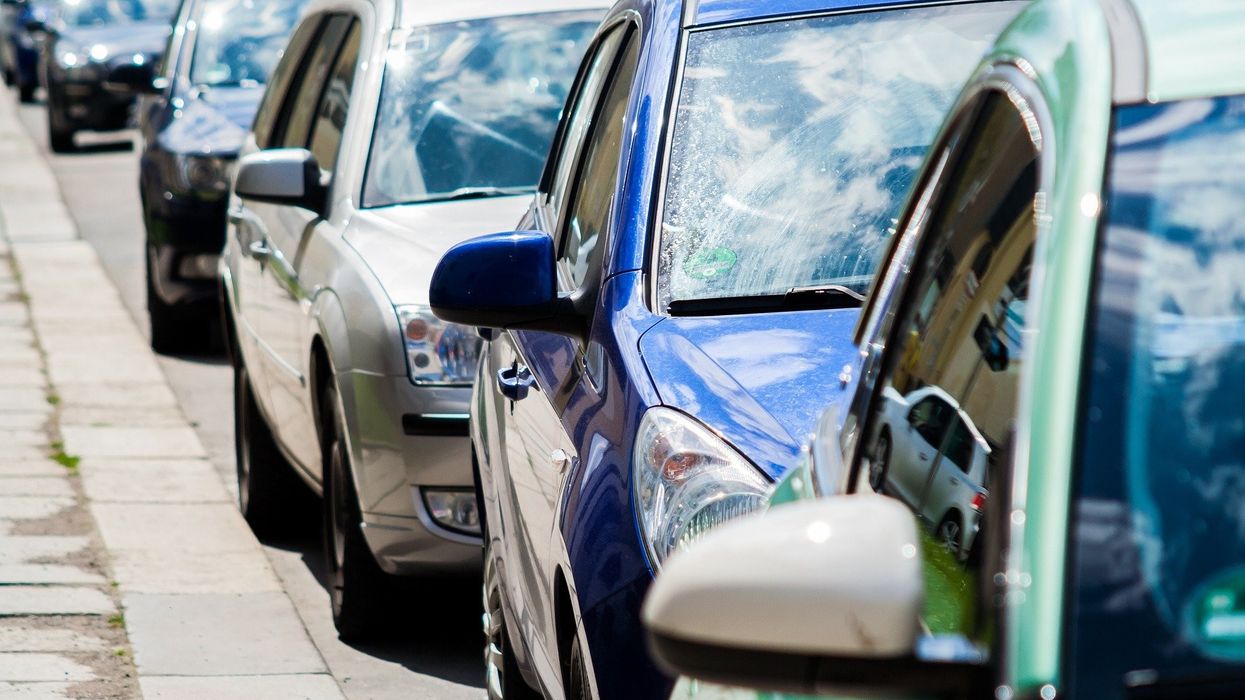A year and a half after electing Premier Doug Ford, Ontarians are fast losing faith in him and his Progressive Conservative party.
In an attempt perhaps to regain lost ground, associate transportation minister, Kinga Surma, announced last week that the province plans to spend $640 million to widen Highway 401 between Mississauga and Milton.
At first glance, that seemed good news to commuters tired of spending hours every day in traffic jams. And the local media greeted the decision as if it were the best thing to happen to suburbanites in eons. It was going to decrease driving times, increase prosperity and generally make happy campers of us all.
But as those who actually know what they’re talking about quickly pointed out, adding lanes to the 401 will have the exact opposite effect and make a bad situation even worse.
READ: Construction Has Begun On Hwy. 401 Expansion – What’s Coming Next?
Clearly the government’s deep thinkers have never heard of the phenomenon of induced demand, which tells us that in certain cases – transportation systems included -- increased supply leads inevitably to increased use. What this means is that the promised gains of an extra lane will be cancelled out by an equal rise in traffic. Despite good intentions, it won’t take long until the expanded highway is just as congested as is the 401 today.
In fact, improving traffic flow is achieved through a two-pronged approach: first, and most obvious, is enhanced transit i.e., giving commuters an alternative to driving, preferably one that’s more comfortable, convenient and consistent. Who would waste their life crawling along North America’s busiest highway when they can happily ride the rails to work and home?
READ: Ontario Line: Ford’s Transit Scheme Is Barely On Track
The second component, more counter-intuitive, is to put a price on driving. This means road tolls, congestion fees and the like. Though there’s no question about the efficacy of charging drivers, politically it’s considered dangerous. When Toronto Mayor John Tory boldly asked then Premier Kathleen Wynne for permission to install tolls on the Don Valley Parkway and the Gardiner Expressway in 2016, he was told flatly to forget it. Wynne had succumbed to pressure from MPPs who represented ridings in the 905, where driving is a necessity. Tolls, they argued, would be political suicide.
Regardless of what commuters feel, tolls and fees are the most efficient way to reduce gridlock. The most famous example is London. Since the British capital introduced a congestion fee in 2003, vehicle usage has dropped 15 percent and air quality has improved noticeably. The charge applies to the central area of London and is in effect
Monday to Friday during working hours.
READ: The Cost Of Having A Car In Toronto Is One We Can No Longer Afford
Equally instructive is the Stockholm experience. That city implemented a congestion fee in 2007. But before that happened, the scheme was applied for a seven-month trial run in 2006. When the fee was raised, roughly 60 percent of residents were opposed, with 40 percent supportive. By the end of the pilot, however, those numbers were quite different; in a 2006 referendum held after the trial run, congestion fees were approved by 52 percent of voters. In 2011, a second referendum found that support had grown to 70 percent.
Little wonder: traffic was cut by 20 percent, emissions fell and travel times improved.
Both London and Stockholm beefed up their public transit fleets before implementing congestion fees. The idea, of course, was to provide an easy alternative to driving. Though fees in London are about $20 daily, in Stockholm they cost only $5. In Milan, where a congestion fee was introduced in 2012, the charge is $7.50.
READ: Toronto Tops Montreal, Vancouver For Commute Times
By contrast, Canadian car owners feel that they pay to drive through income and gas taxes. In other words, they believe the streets and highways already belong to them, so why be forced to pay for what’s already theirs?
In a report prepared last month for the Residential and Civil Construction Alliance of Ontario, eminent urban scholar, Harry Kitchen, argues that: “The time has come to introduce new vehicle-related charges…. Specifically, new road pricing schemes and innovative and dynamic parking levies in highly urbanized areas must be on the agenda. Both of these could generate substantial funds for road and transit infrastructure, especially in the busy Greater Toronto and Hamilton Area (GTHA).”
Kitchen examined ways that the government could make up gas tax lost to the growing popularity of electric cars and more fuel-efficient vehicles. To that end, he also takes a look at parking. Among the experts he quotes is Bern Grush, author of The End of Driving, who says, “…Underpriced parking does more to promote automobile use than good transit does to discourage it,” Grush writes, “Working tirelessly to build and promote transit that too few elect to use, struggling to find ways to have people pay for roads in ways they don’t wish to pay for, and then subsidized parking… is self-defeating.”
READ: Mississauga Has Ambitious Plans For Transit Growth
Again, Kitchen’s focus was on how to compensate for sagging gas tax revenues, not reduce gridlock. But the methods he proposes – road tolls, congestion fees and parking levies – are also effective ways to reduce congestion.
For the provincial government, the message isn’t one it wants to hear. Not only will widening Highway 401 not decrease congestion, it will make it worse. Furthermore, as more drivers reject gas-guzzlers, fuel surcharges are dropping sooner and faster than expected.
Ford might want to consider Stockholm’s example and introduce tolls for a trial run of, say, six months. If that requires more courage than he can muster, maybe he could allow the city to do it with the province’s approval. Sooner or later, it’s going to happen.
Better to be ahead of traffic than get run over by it.


















